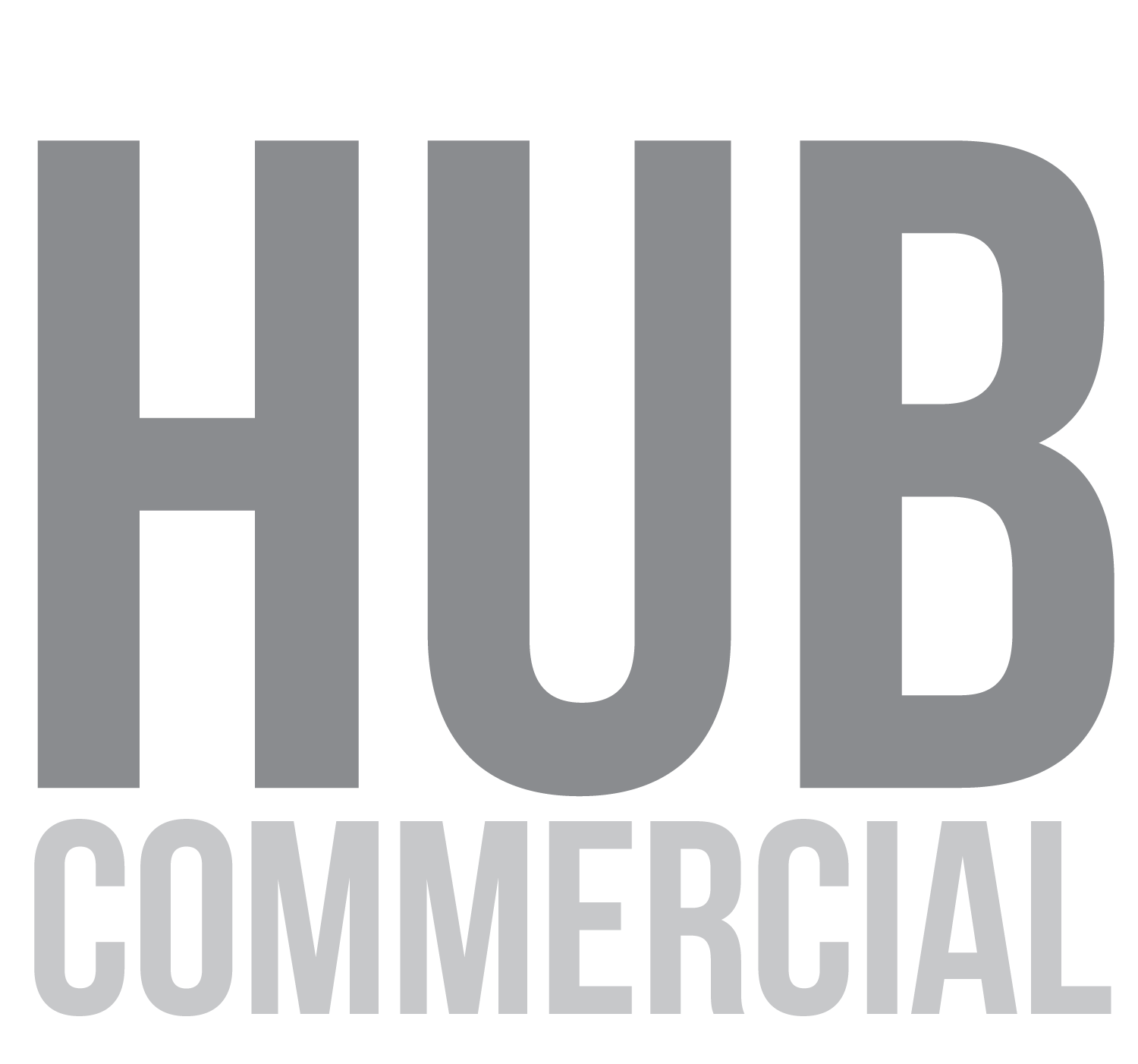Selling an insurance agency—especially a captive insurance agency such as Farmers, State Farm, or Allstate—is a unique process. These businesses operate under contractual agreements with the carrier, which affects valuation, buyer qualifications, and deal structure. Because of these added complexities, selling a captive agency requires specialized expertise and a thoughtful approach.
My name is Justin Turner, and I am a licensed business broker with HUB Commercial, an affiliate of Sunbelt Business Brokers in Phoenix, Arizona. Before entering brokerage, I worked in personal lines insurance as an independent contractor agent with State Farm. Today, I combine that background with brokerage expertise to help agency owners maximize value when selling their agencies.
In this article, I’ll walk through the recent sale of a Farmers Insurance Agency in Tucson, Arizona that closed in August 2025 for $1,128,900 (about 94% of the listing price). The listing went live in November 2024, giving us a timeline of roughly nine months from launch to close. This deal highlights the specific steps required to sell a captive agency and provides lessons for other agency owners planning their exit.
Step 1: Insurance Agency Valuation and Pricing Strategy
When selling an insurance agency, two common valuation methods are used:
- Multiple of Commissions – Agencies are valued at a multiple of annual commissions, typically ranging from 1.0x to 1.5x. High-performing agencies can command up to 3.0x–3.5x, while mid-sized agencies often sell in the 1.3x–1.9x range.
- Multiple of Seller’s Discretionary Earnings (SDE) – This method involves adjusting taxable income to calculate SDE, then applying a market multiple to determine the most probable selling price.
The Tucson seller presented a unique situation. They had previously worked in management with the carrier and were given the opportunity to acquire five separate Farmers agencies that were about to close. The seller consolidated them into one large operation. Because of the roll-up, there were five different sets of tax returns, and complete historicals weren’t available.
To account for this, we based the most probable selling price on a 1.97x multiple of gross annual commissions. The final offering price reflected both the strong recurring revenue stream and stabilized client retention, which ultimately allowed us to close at 94% of asking price.
Step 2: Confidential Marketing to Buyers
Marketing a captive insurance agency requires discretion. Staff, clients, and the carrier cannot know prematurely that the agency is for sale.
We prepared a Confidential Information Memorandum (CIM) that highlighted:
- Book composition and product mix
- Market demographics and competition
- Operations, staffing, and office consolidation
- Growth opportunities such as marketing expansion, digital presence, and multi-state licensing
Through targeted outreach, we generated interest from multiple qualified buyers while protecting confidentiality at all stages.
Step 3: Working with Buyers and Structuring the Deal
One unique factor in selling captive agencies is that buyers must secure carrier approval in addition to lender financing. This eliminates many prospective buyers from consideration.
We guided candidates through:
- Financial reviews
- SBA lender pre-qualification
- Farmers Insurance corporate approval
Ultimately, the agency was sold to an existing Farmers agent, which simplified the approval process and reduced risk. The negotiated deal structure balanced the buyer’s financing needs with the seller’s desired price.
Step 4: Documentation and Closing
Closing a regulated business like a captive insurance agency requires additional documentation compared to most small businesses. These include:
- Carrier transfer approval
- SBA loan and financing documents
- Employment and non-compete agreements
Our team managed the process end to end, ensuring all parties—carrier, lender, buyer, and seller—were aligned. The transaction closed remotely in August 2025 without disruption to clients or staff.
Key Lessons for Captive Insurance Agency Owners
This case study highlights several important lessons:
- Plan ahead: Expect a 6–12 month sales cycle.
- Valuation matters: Overpricing deters serious buyers, while underpricing sacrifices equity.
- Buyer qualification is critical: Internal candidates (existing agents) are often the best fit.
- Broker expertise adds value: An experienced broker ensures compliance, marketing, and deal structure are handled correctly.
Thinking About Selling Your Insurance Agency?
Whether you own a Farmers, State Farm, Allstate, or independent insurance agency, the best time to plan your exit is before you’re ready to sell.
At HUB Commercial | Sunbelt Business Brokers, we specialize in selling insurance agencies. Our process emphasizes confidentiality, accurate valuation, and deal structures that maximize value for sellers.
📞 Contact Justin Turner today to schedule a confidential review and learn what your agency might be worth.


